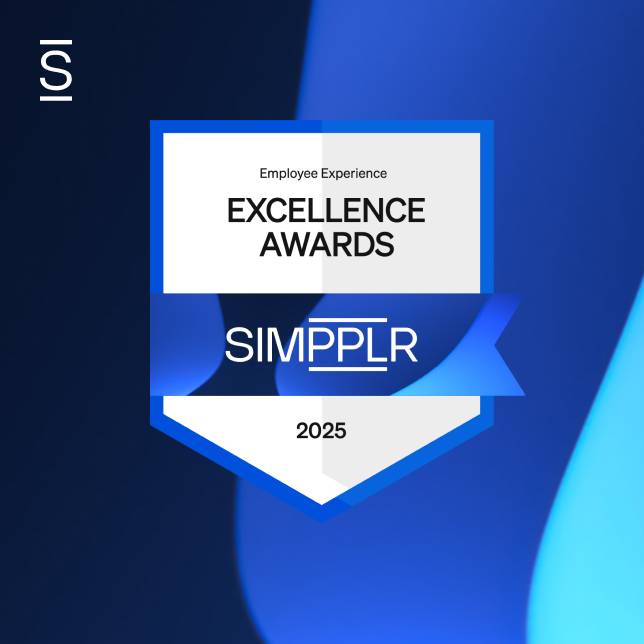As more and more companies realize that employee engagement has a direct relationship to employee productivity and profitability, the interest in developing company-wide engagement strategies has grown.
Extensive research has been completed on the topic of how to engage employees, and there are long lists of basic tactics to improve employee engagement levels. However, running through a list of employee engagement activities simply isn’t enough to create and maintain lasting organizational change.
So where do you begin?
Here are some effective tips to help you start:
Create a Culture Shift
You have to plan for and create an entire culture shift, developing a comprehensive strategy that is sustainable long-term.
Failure to incorporate employee engagement practices at all levels of the organization results in failure of the program as a whole. Employees quickly see through one-time morale-boosting activities, understanding that afterwards, life will return to business as usual.
Benchmark Best Practices
Begin by benchmarking organizations with a history of doing it right. These companies have an international reputation for creating a culture of engagement, and their basic philosophies are transferable.
Though you might not throw product around to entertain customers as they do at the Pike Place Fish Market, the basis of the Fish Philosophy, you can gain a deeper understanding of how some companies inspire passion in their employees with a little research.
The best organization to start with is Google, which demonstrates its commitment to workers through a robust package of wellness benefits designed to give employees peace of mind when it comes to balancing their personal and professional lives. For example, women receive 18 weeks of paid maternity leave, and men receive six weeks of paid paternity leave.
Google fosters a culture of recognition with a program that encourages employees to award each other with massage credits for a job well done, and the company has made a firm commitment to personal development and innovation. For example, individuals are expected to observe the 70/20/10 rule, which means that 70 percent of their time is spent on their primary job responsibilities, 20 percent of their time is allocated to passion projects that employees believe will drive the company forward, and 10 percent of their time is entirely devoted to innovation that has nothing to do with Google’s core business. This has resulted in some of Google’s most innovative features, allowing it to hold a top spot in its crowded industry.
Identify Gaps in Your Organization’s Engagement Levels
Next, determine where your organization stands today. Combine the results of existing employee surveys with focus groups and exit interview data to understand what is standing in the way of employee engagement.
While your strategy will encompass all facets of engagement, you should pay special attention to areas that are clear opportunities. For example, if employee after employee mentions that pay rates are below market, consider reviewing your compensation practices. After all, higher payroll expenses may be offset by reduced turnover costs.
Employ Proven Change Management Practices
Once you have developed a plan to move your organization towards a culture of engagement, employ appropriate change management practices. With Simpplr, you can quickly check engagement goals and hold employees accountable to engage.
Gain the buy-in of all levels of leadership, and ensure that communication is cascaded throughout the organization. Cultural change isn’t a single event. Your culture is the result of daily practices that create an overall employee experience over time.
Incorporate employee engagement into company goals, and ensure each individual is held accountable for contributions to a culture of engagement. Measure engagement levels, and continuously adjust practices that are not working. Recognize managers who achieve engagement goals, and highlight what they are doing right. Revisit the topic regularly using available tools to gather the necessary data, and ensure accountability for results.

















